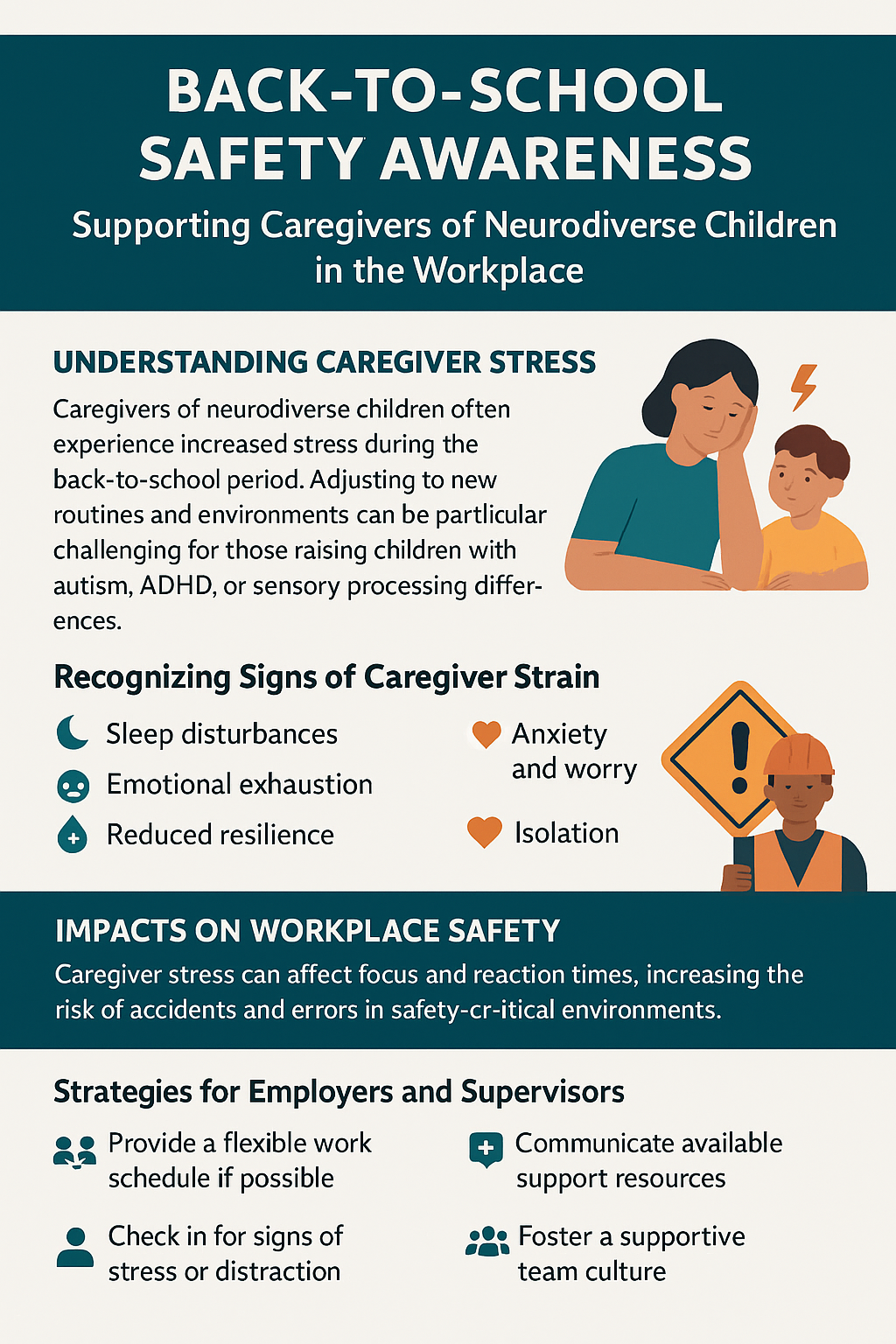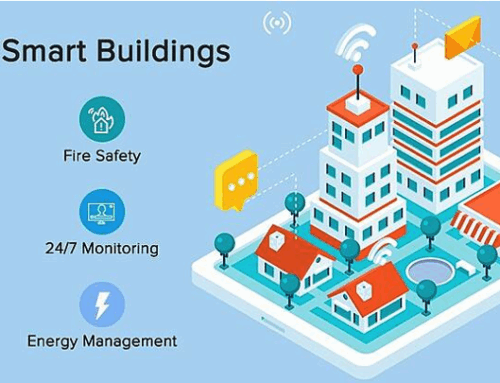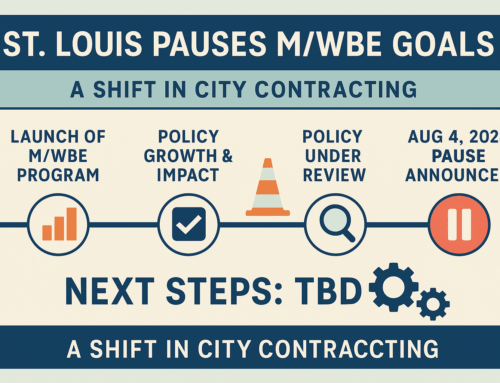Supporting Caregivers of Neurodiverse Children in the Workplace
The transition back to school each fall introduces new stressors for many working parents. For those raising children with neurodiverse needs—such as autism spectrum disorder (ASD), ADHD, or sensory processing differences—those challenges are often amplified. Increased behavioral issues at home, emotional fatigue, and a surge in logistical demands can lead to elevated stress levels, which may impact safety, performance, and overall well-being on the job.
In industries where safety depends on clarity, consistency, and attention to detail—like construction, engineering, and project management—these personal stressors must be acknowledged as part of a comprehensive safety culture.
Understanding Caregiver Stress During School Transitions
Caregivers of neurodiverse children often carry a higher emotional and administrative workload than their peers. The start of a school year brings disruptions in routine, unfamiliar environments, and behavioral uncertainty—especially for children who struggle with change.
These factors have been shown to significantly increase caregiver stress, especially in households managing ASD and ADHD (Cheng et al., 2023; Miranda et al., 2019).
Common symptoms reported by caregivers during this period include:
-
Sleep disturbances
-
Emotional exhaustion
-
Reduced resilience
-
Anxiety and persistent worry
Research shows that the severity of a child’s symptoms is often directly correlated to caregiver fatigue, particularly when behavioral challenges and limited support systems are involved (Efstratopoulou et al., 2022). These stressors don’t stay at home—they follow caregivers to work.
How Stress Impacts Workplace Safety
Safety depends on presence of mind. In fieldwork and high-risk environments, even a small lapse in focus can lead to injury, equipment damage, or costly mistakes. For caregivers under chronic stress, the risks multiply.
Decreased Focus
Chronic emotional strain undermines executive functioning—planning, attention, and memory. A distracted worker may miss safety cues, skip steps, or misjudge risk.
Fatigue and Delayed Reaction Time
Fatigue slows response times, impairs communication, and reduces hazard awareness. Parents of children with ASD often experience disrupted sleep and long nights of caregiving—leaving them drained before the workday begins.
Emotional Spillover
Unchecked emotional distress can cause irritability, detachment, or impulsive decisions—behaviors that erode safety culture.
Isolation and Concealed Stress
Many caregivers feel pressure to “keep it together” and avoid drawing attention to their challenges. This emotional masking can create isolation and reduce the likelihood that supervisors will offer support or flexibility (Barton et al., 2022).
Recognizing Signs of Caregiver Strain
Supervisors, coworkers, and safety professionals can help by noticing behavioral shifts that might signal elevated caregiver stress. These include:
-
Difficulty concentrating or retaining information
-
Frequent mistakes or procedural shortcuts
-
Withdrawing from team conversations
-
Physical exhaustion or flat emotional affect
-
Missed meetings or increased absenteeism
-
Constant phone monitoring, especially near school hours
These signs aren’t definitive—but they are meaningful. Recognizing them is not about prying—it’s about building a safety culture that values both physical and psychological awareness.
Promoting a Culture of Support
Organizational culture plays a key role in how employees manage stress. When empathy and flexibility are baked into leadership practices, employees are more likely to share concerns and less likely to burn out (West et al., 2022).
Encourage Supportive Supervision
Train supervisors to approach performance concerns with curiosity instead of judgment. A simple “Is everything okay outside of work?” can create space for honest dialogue and problem-solving.
Offer Practical Flexibility
Where operationally feasible, short-term accommodations like flexible start times, personal days, or remote work options can significantly ease caregiver strain.
Communicate Resources
Remind employees about Employee Assistance Programs (EAPs), therapy benefits, and caregiver support services. Many delay seeking help due to guilt, time, or a belief they must “tough it out.”
Reinforce Shared Responsibility
In team-based safety cultures, we look out for one another. A quick check-in or offer to assist a struggling colleague can prevent mistakes and build psychological resilience.
For Caregivers: Self-Care Is Safety, Too
If you’re a parent managing neurodiversity at home, you cannot ignore your own well-being. Consider these small steps to stay grounded:
-
Build 5-minute buffer moments into your day
-
Let your supervisor know if you’re managing increased demands
-
Talk with a trusted colleague for emotional support
-
Prioritize rest and hydration—they’re essential for performance
-
Use EAPs or coaching—confidential help can make a big difference
Final Thought
A strong safety culture isn’t just about PPE and checklists—it’s about awareness, empathy, and collective responsibility. Understanding that caregivers of neurodiverse children may carry invisible stress during back-to-school season helps us build safer, more supportive workplaces.
By promoting both safety and understanding, we don’t just protect the individual—we protect the team.





